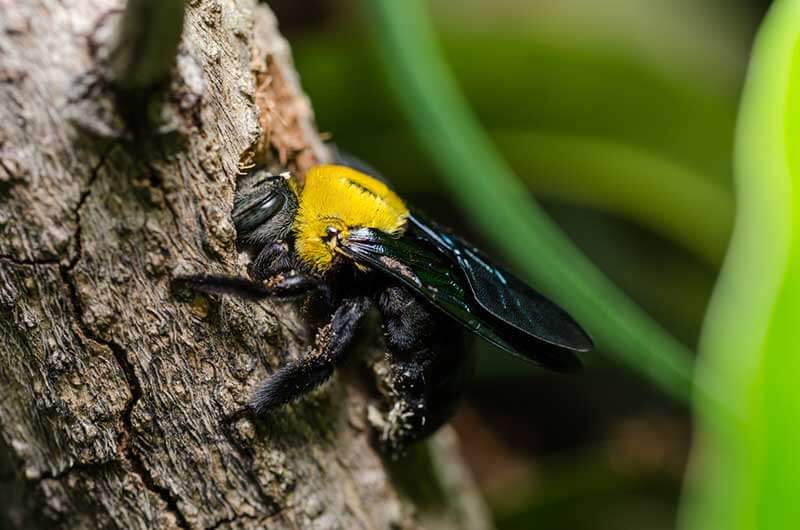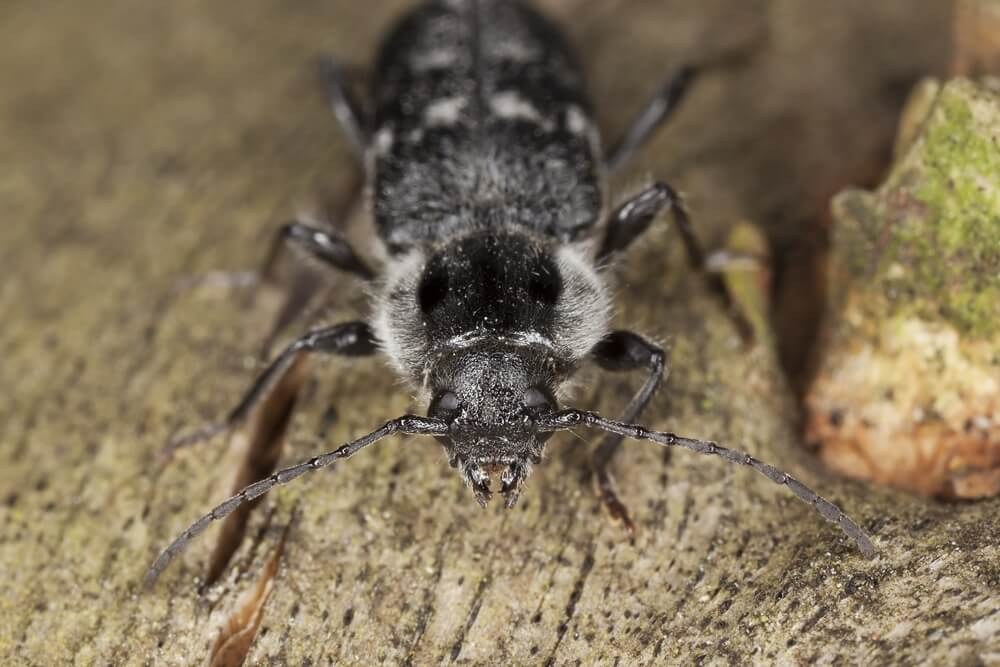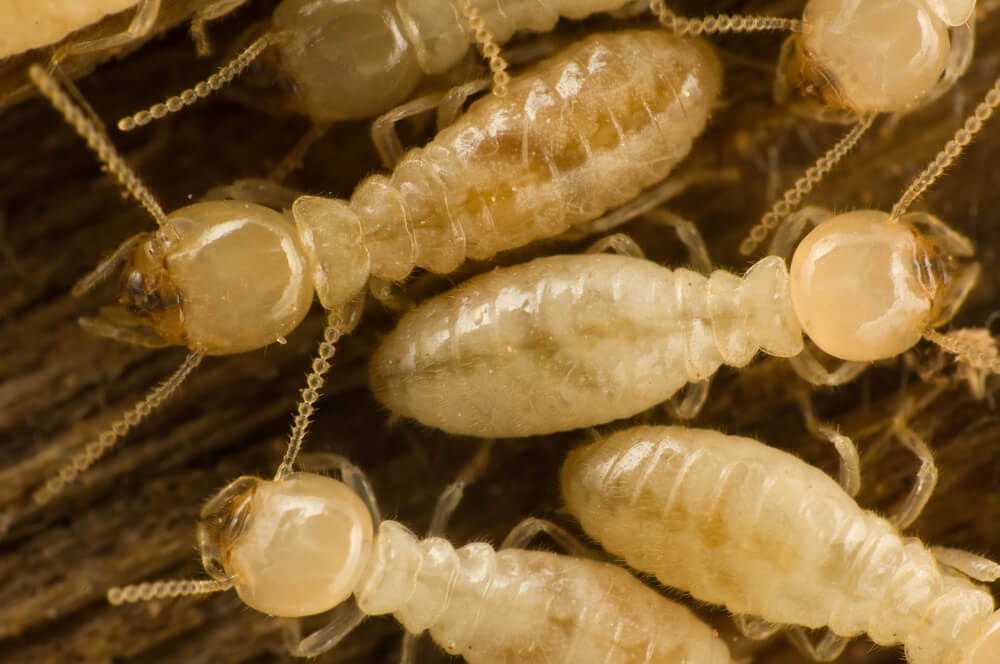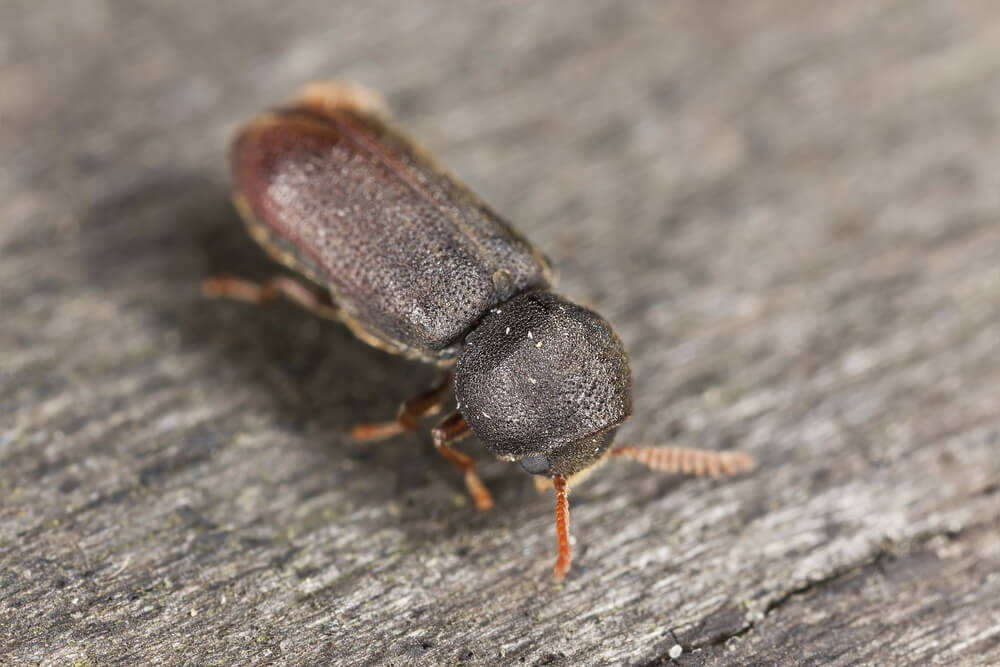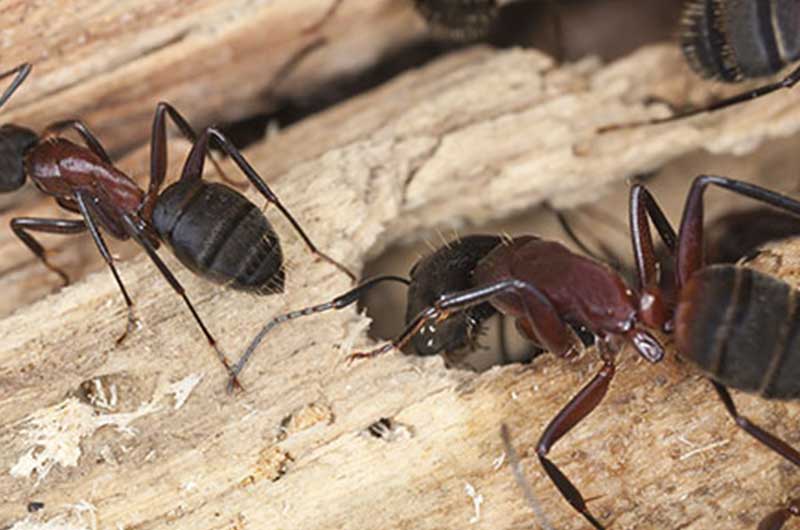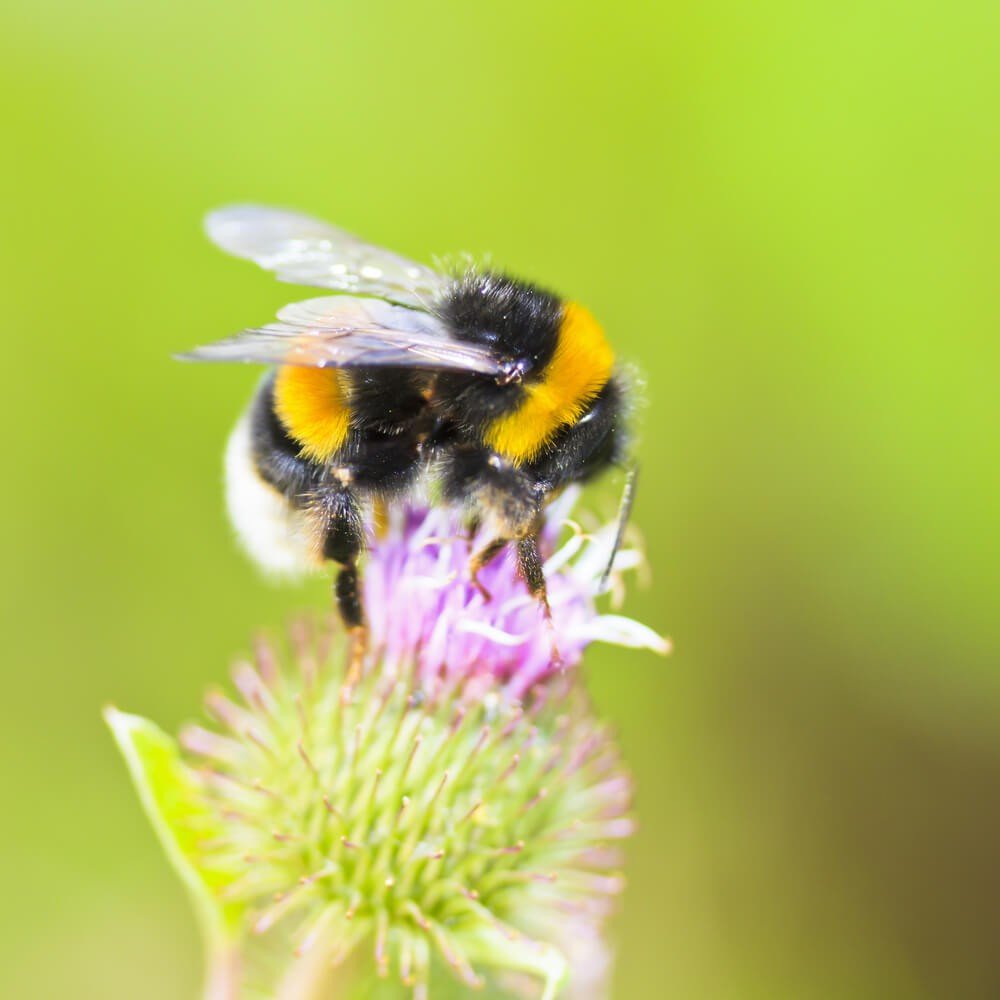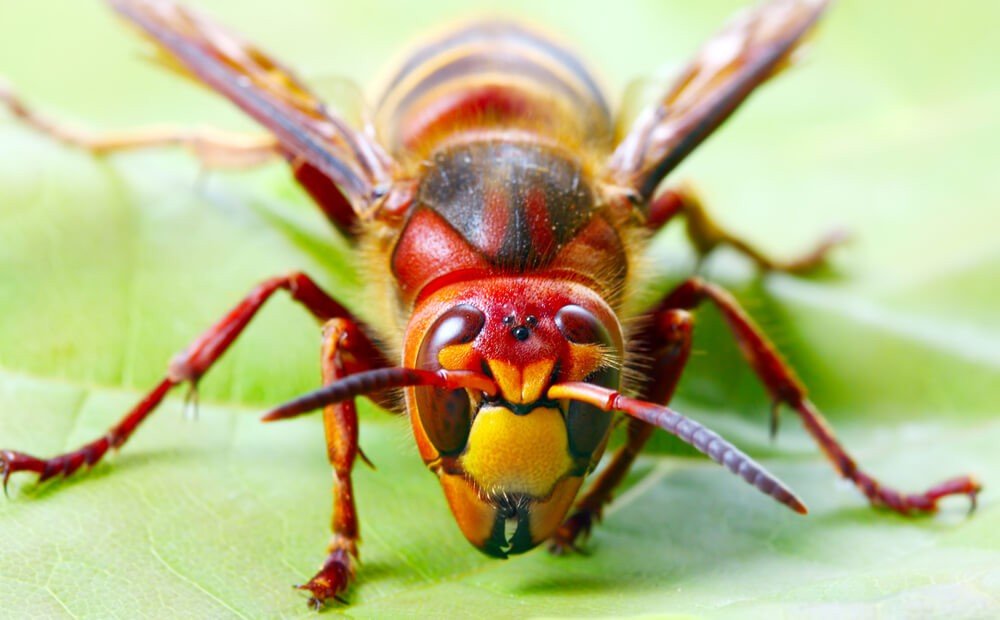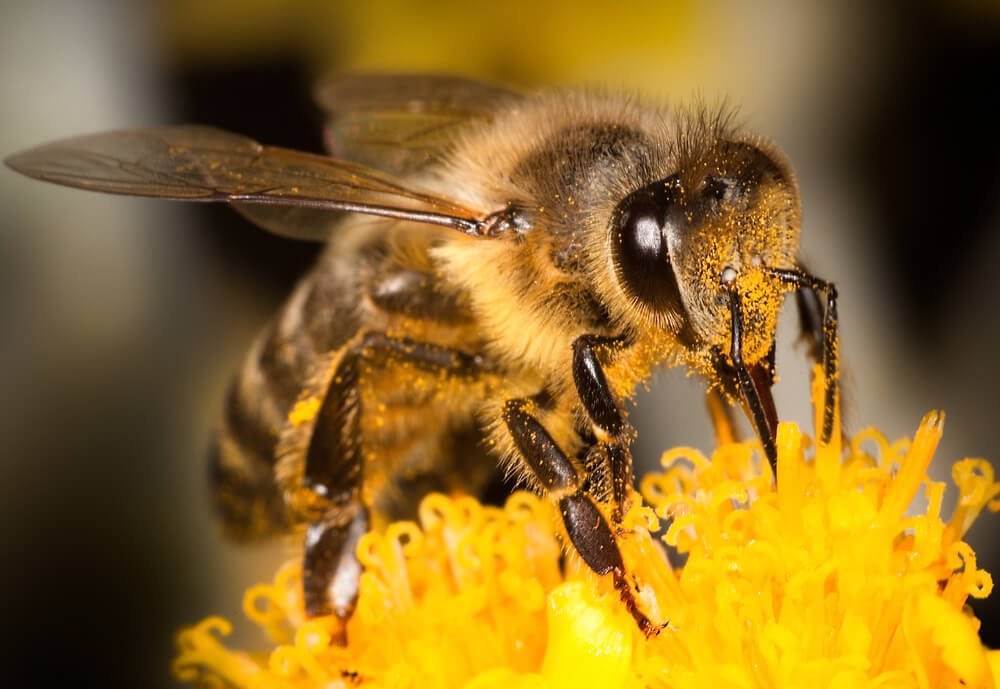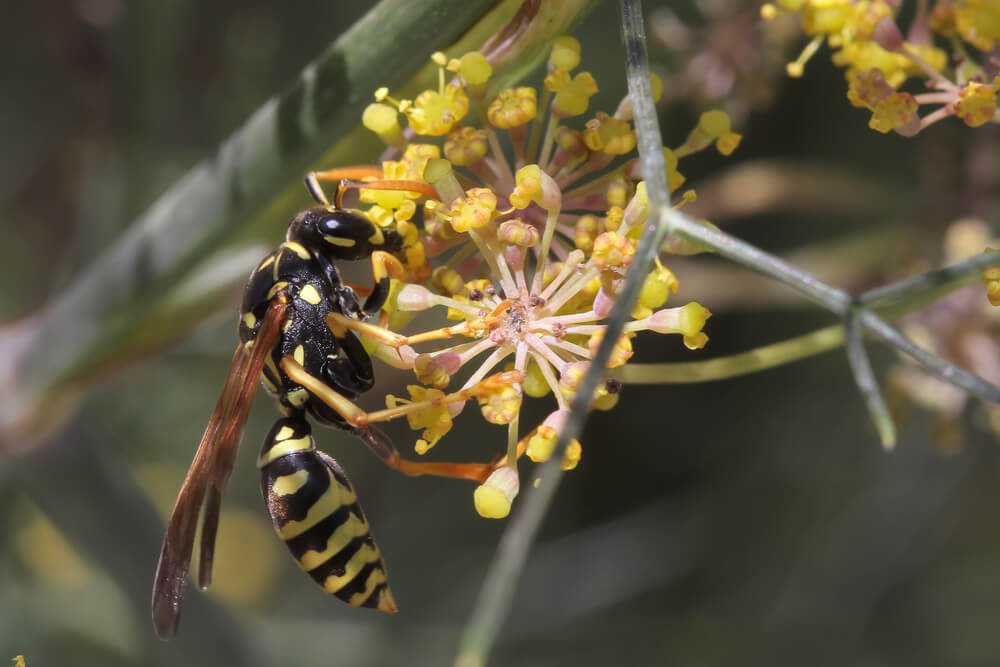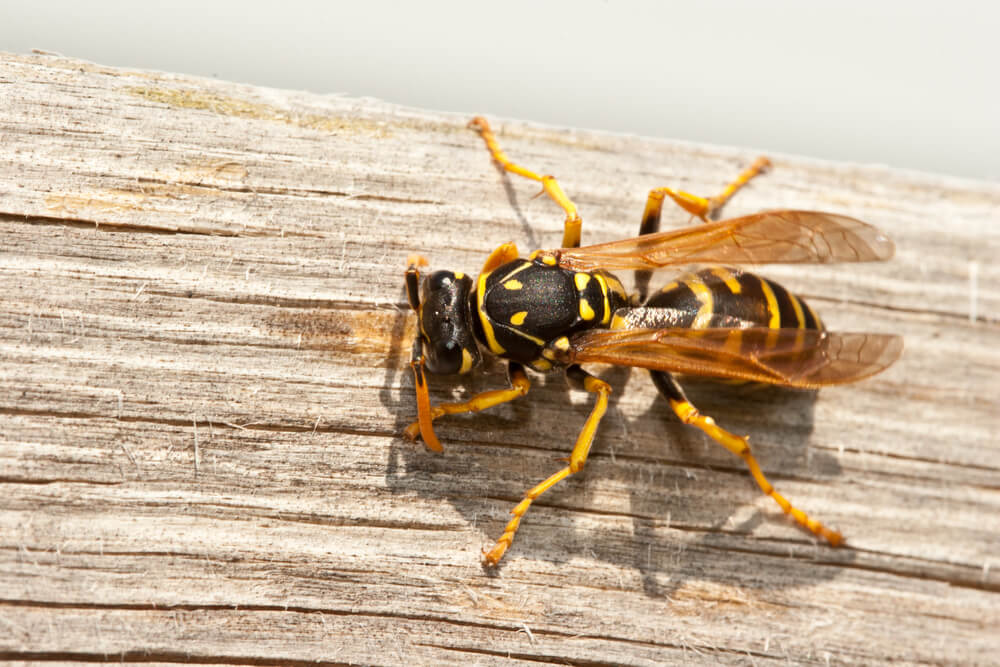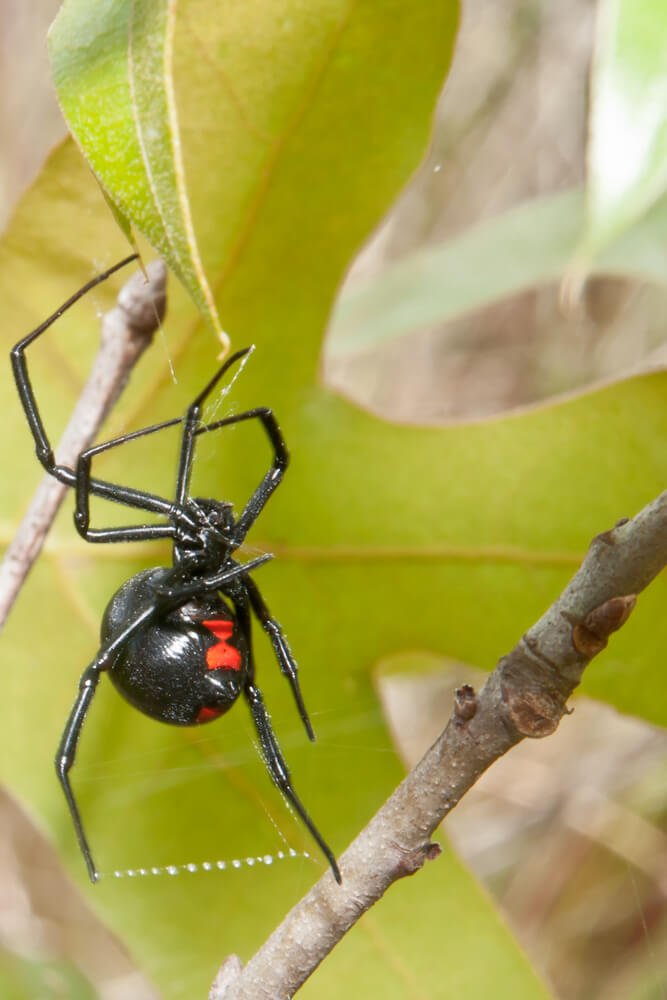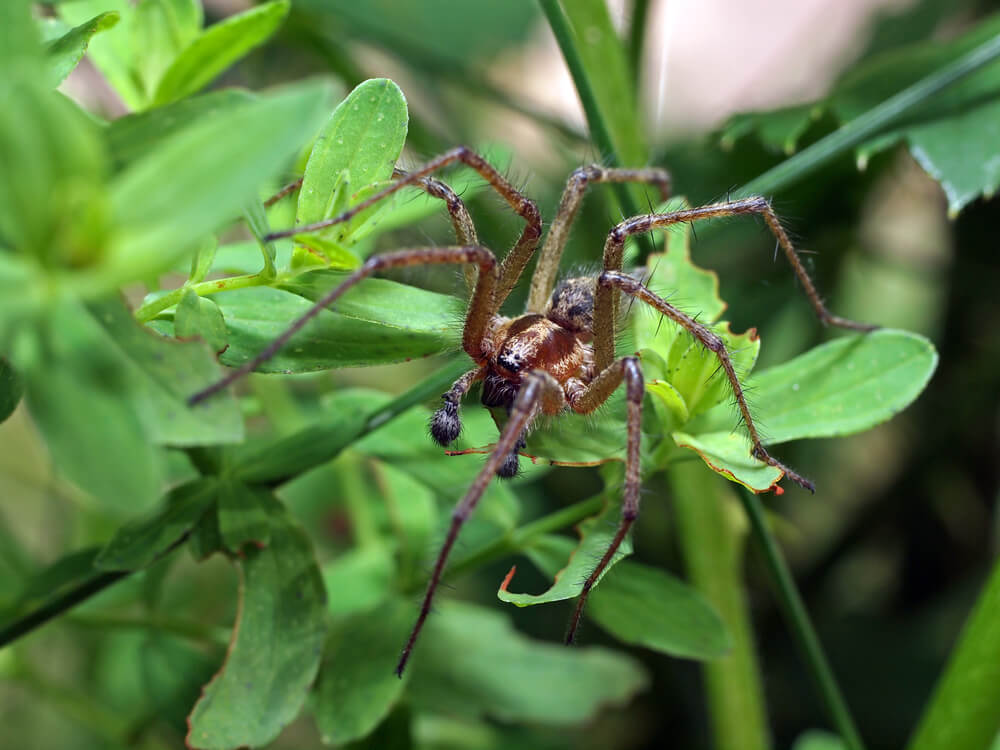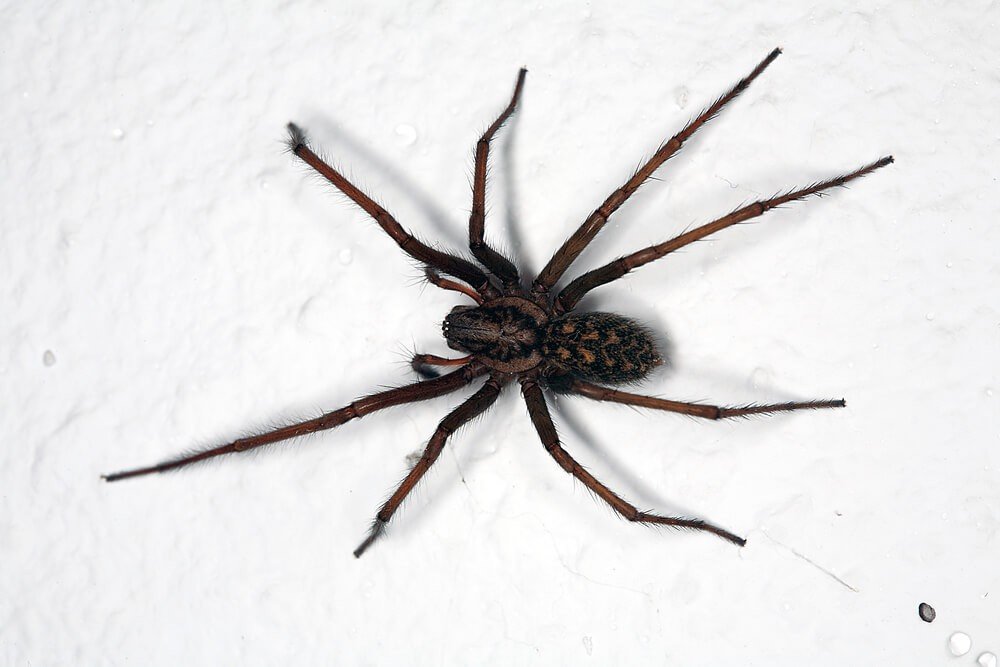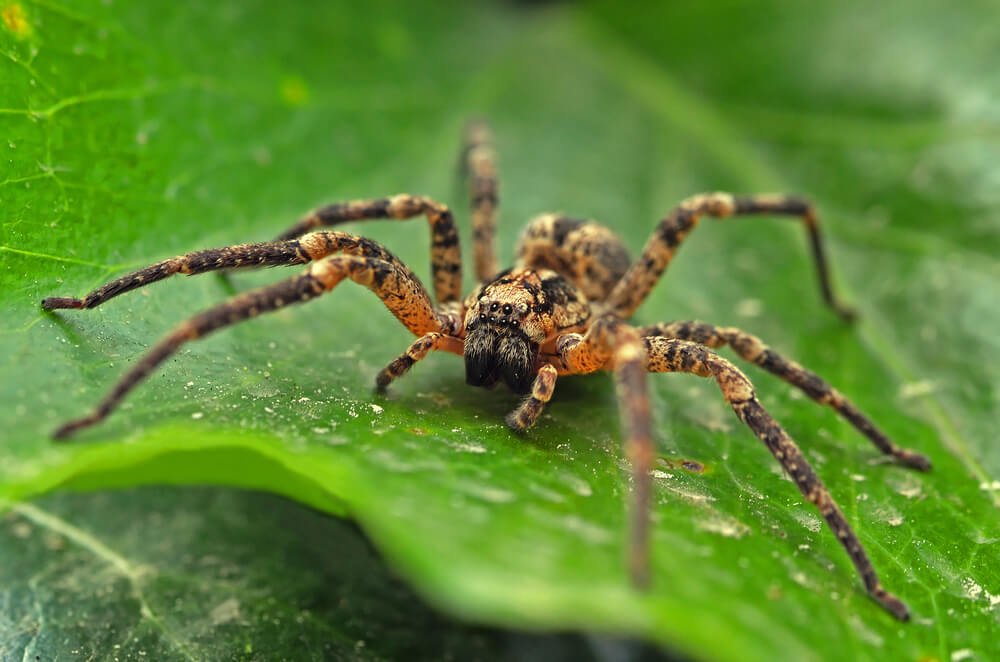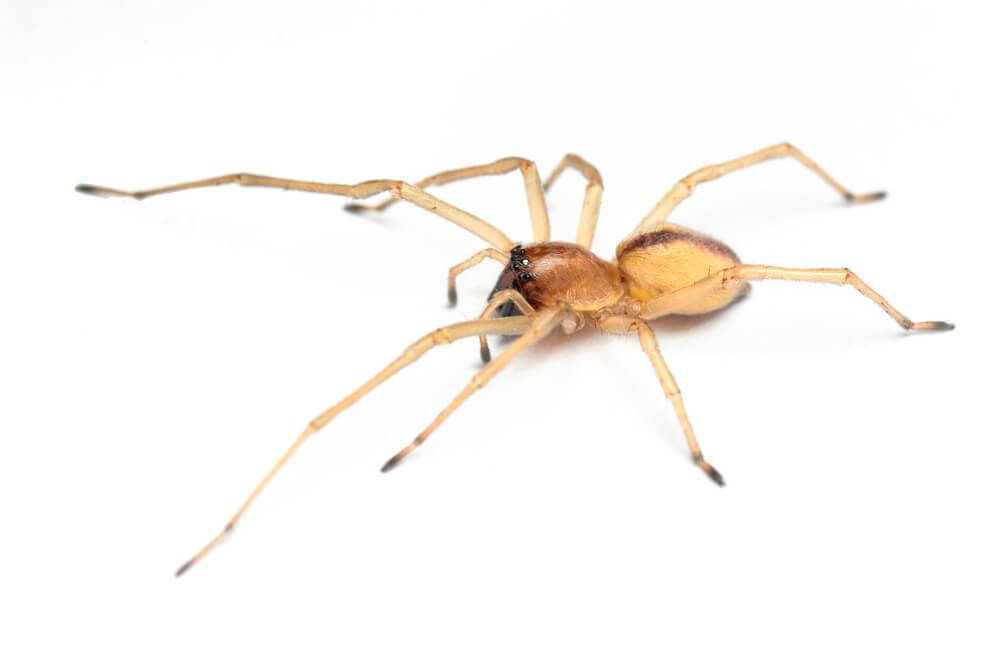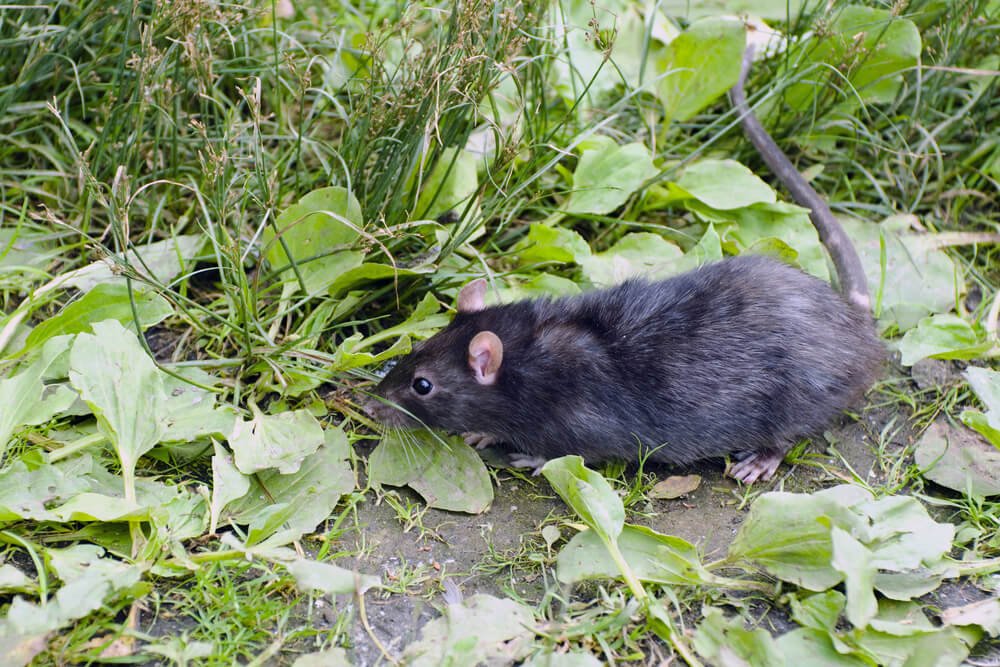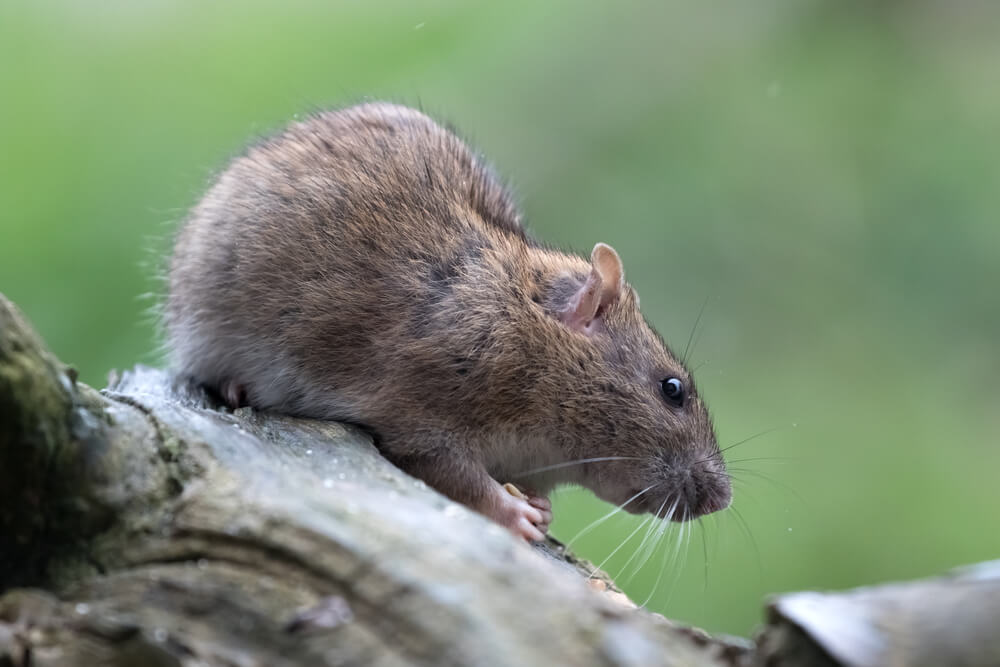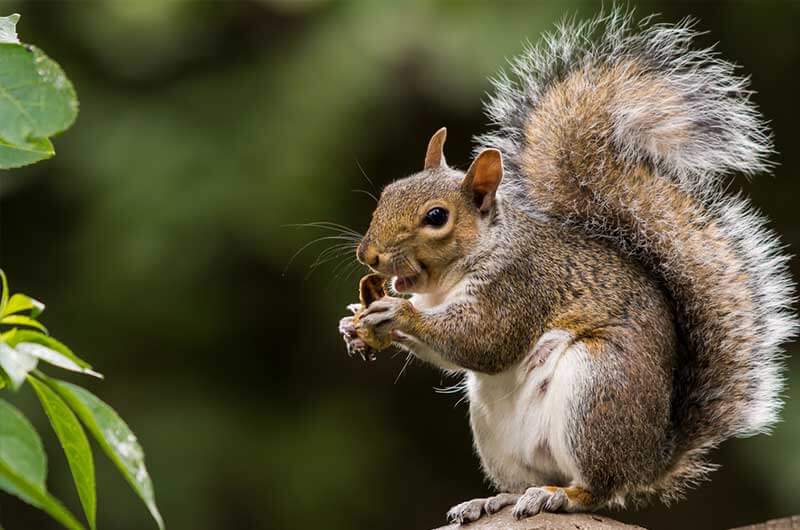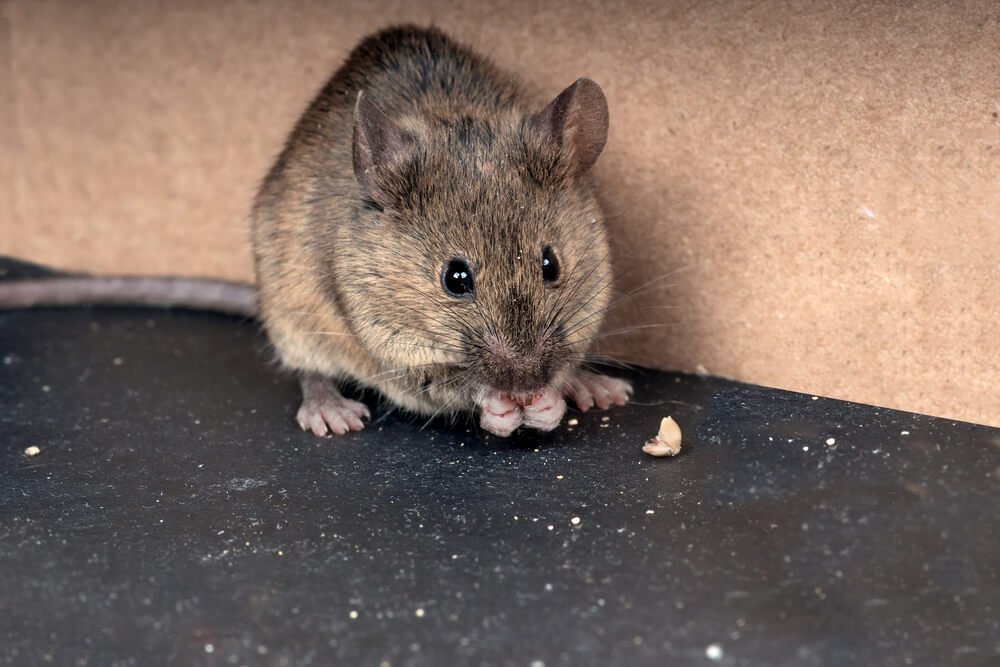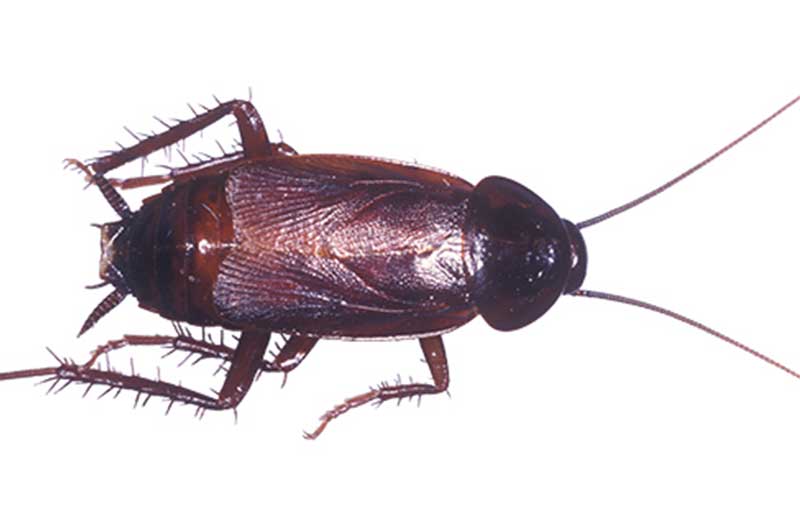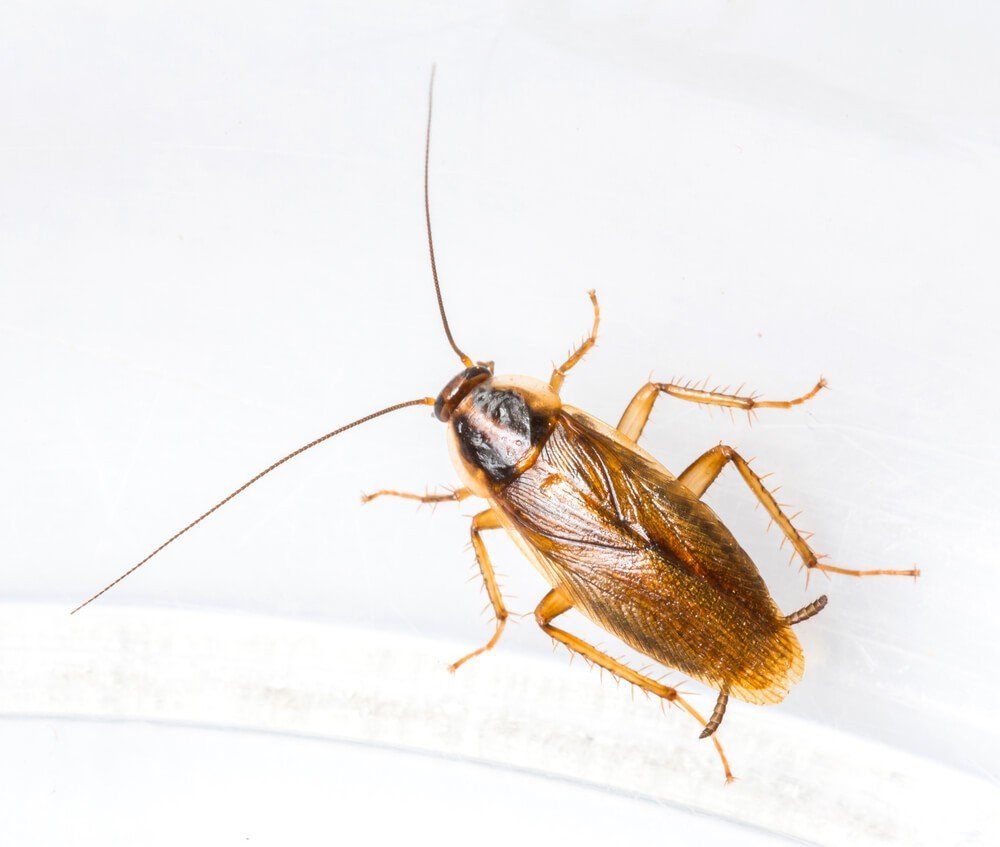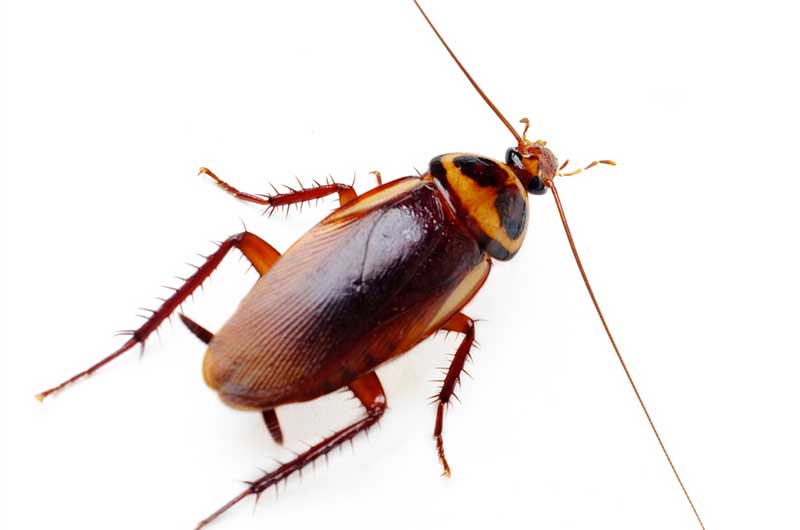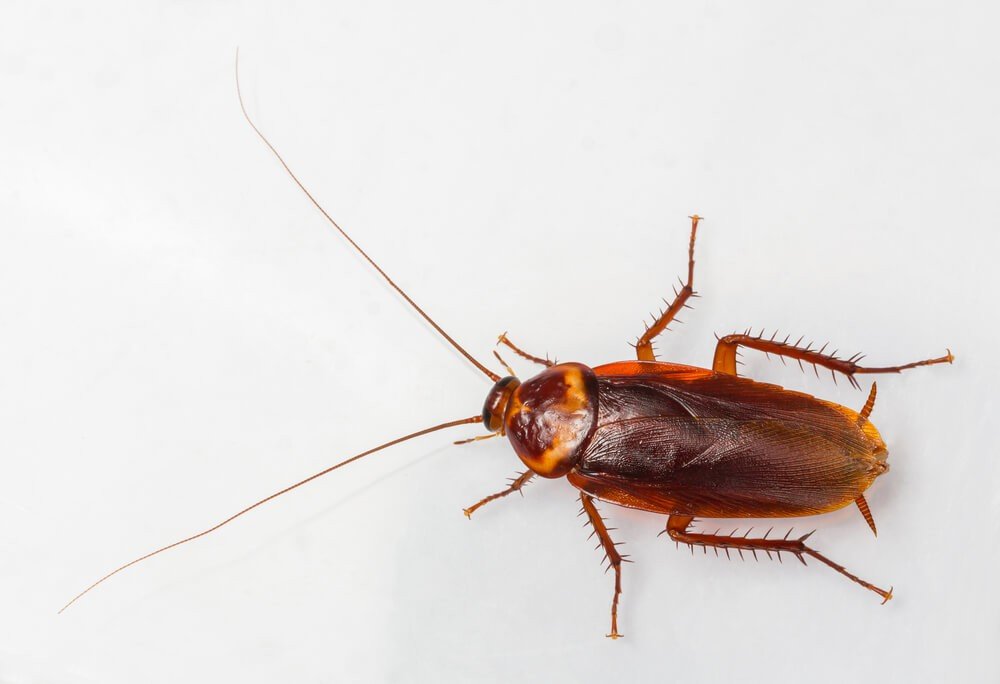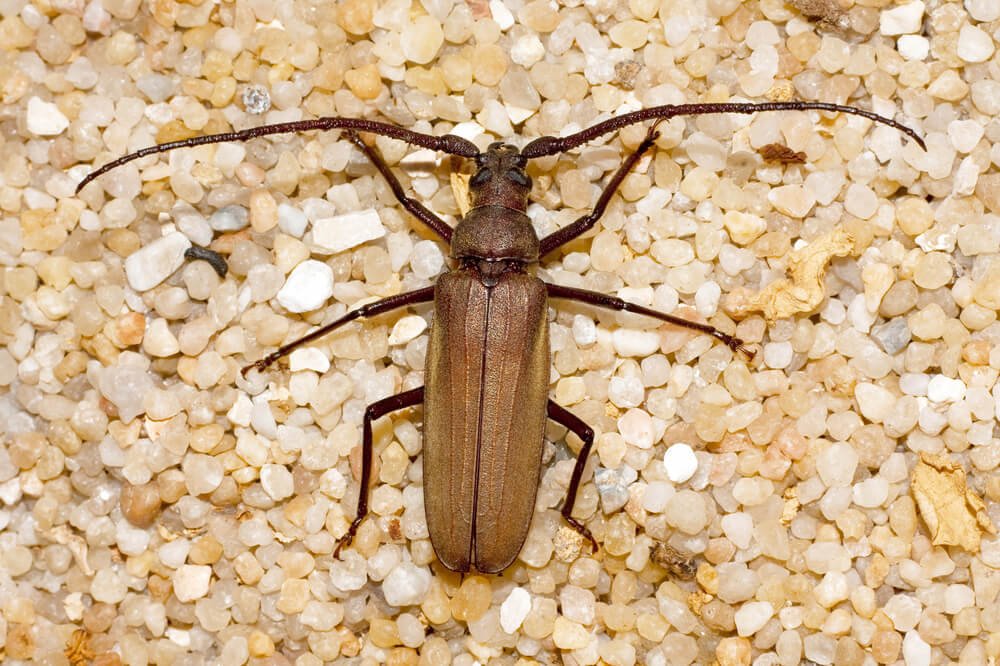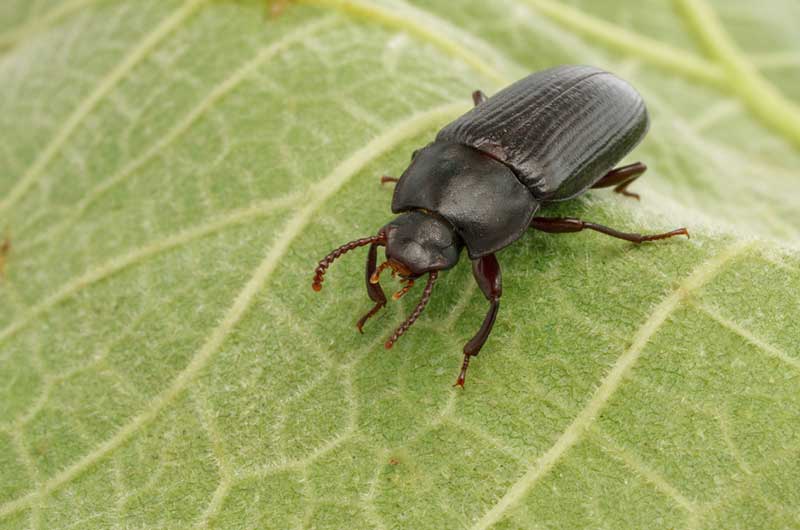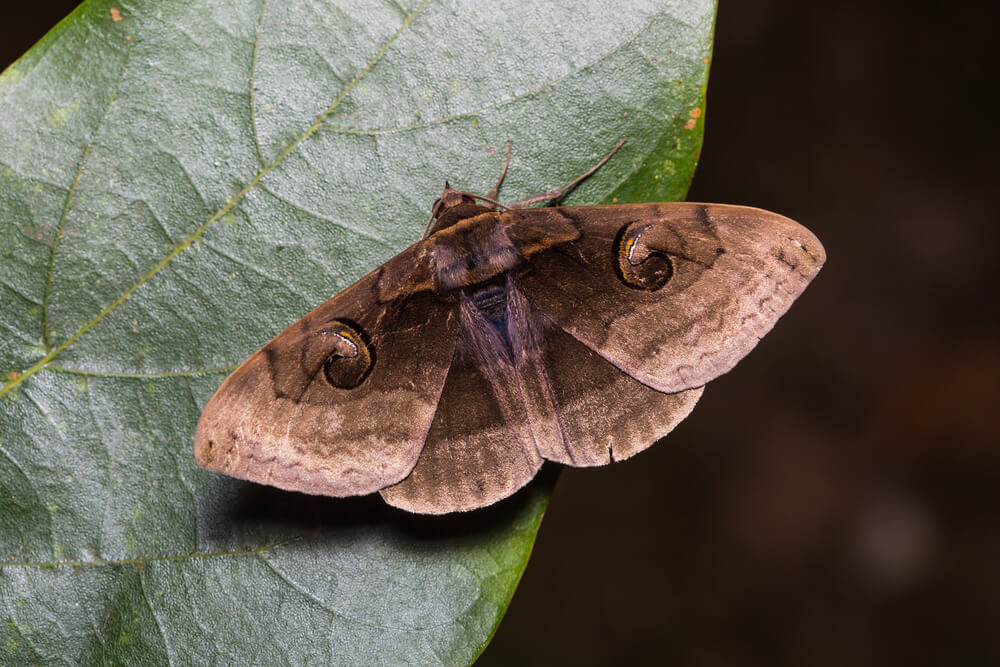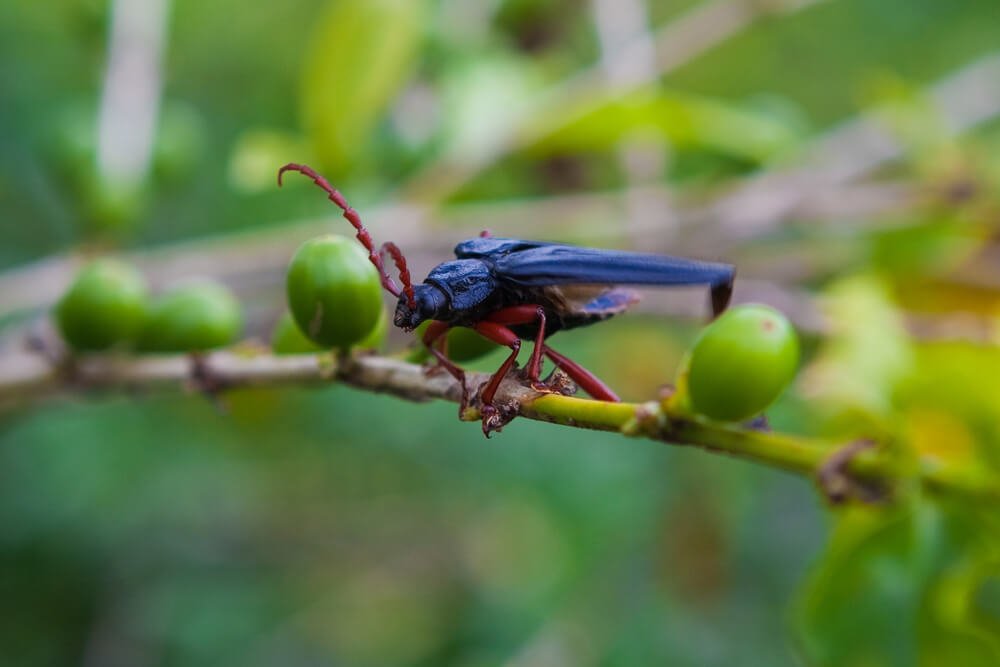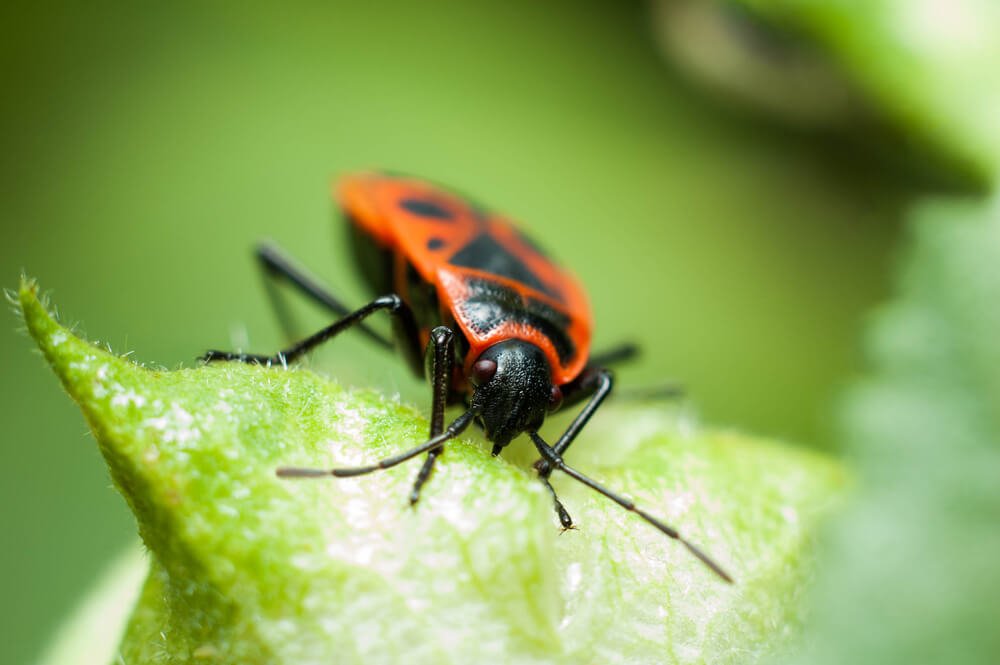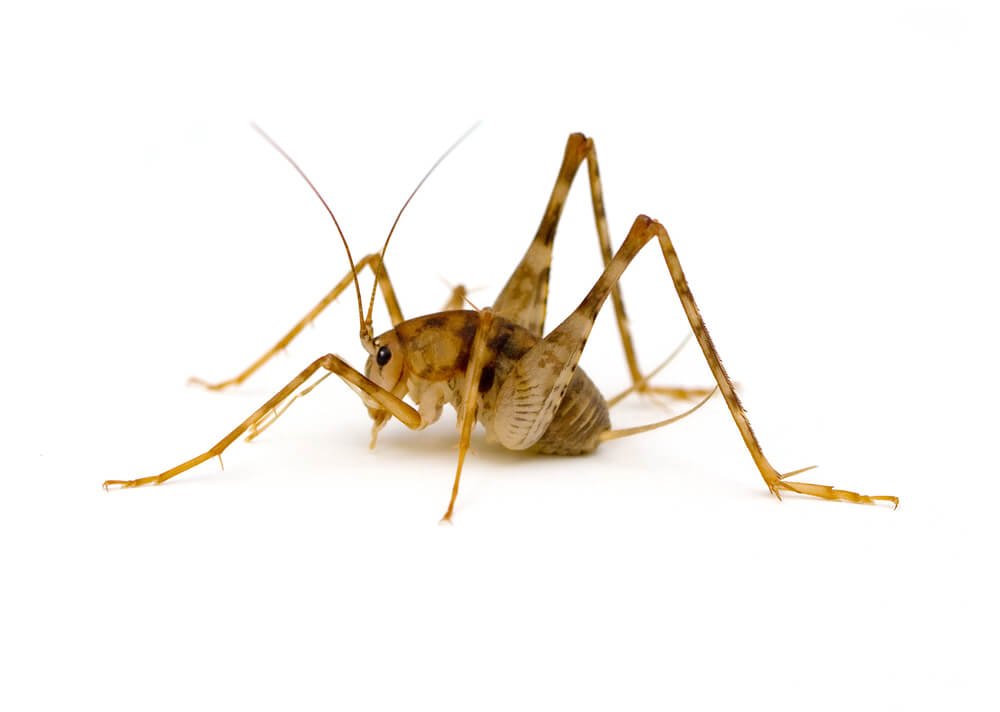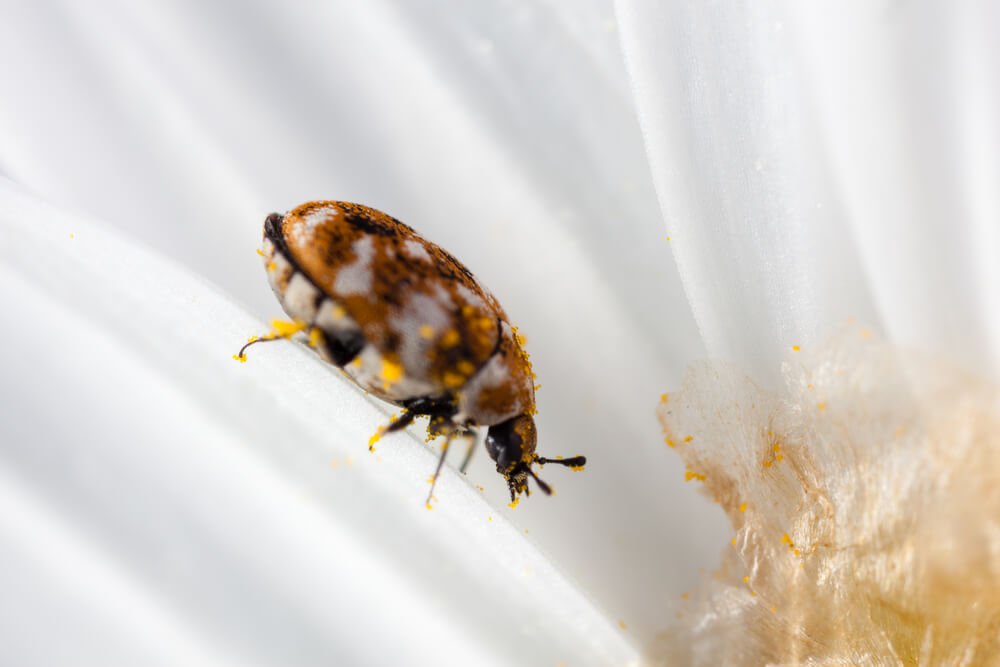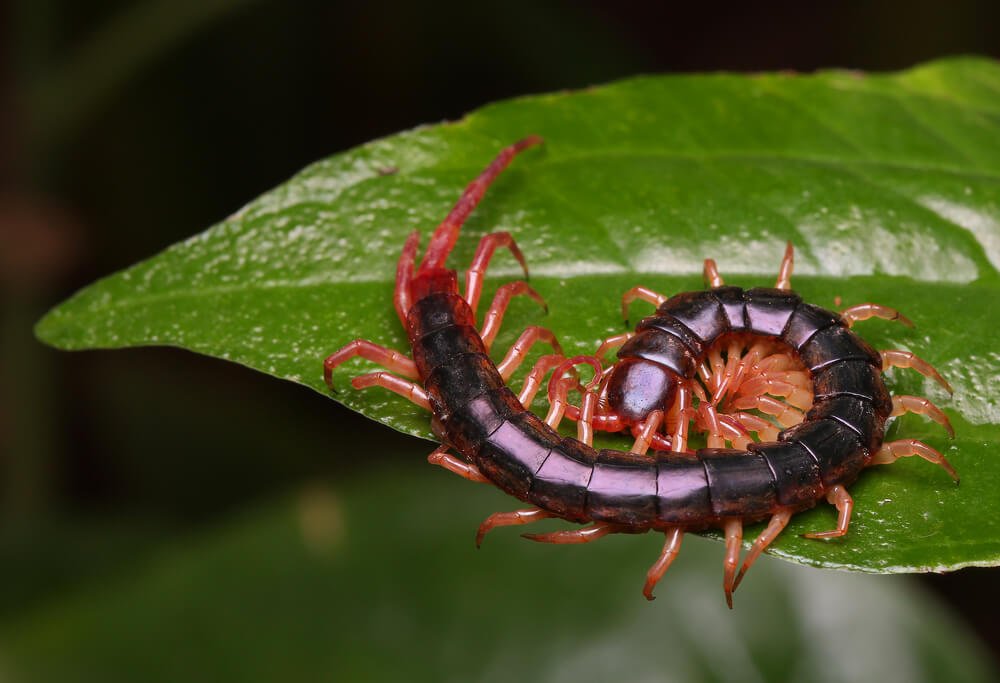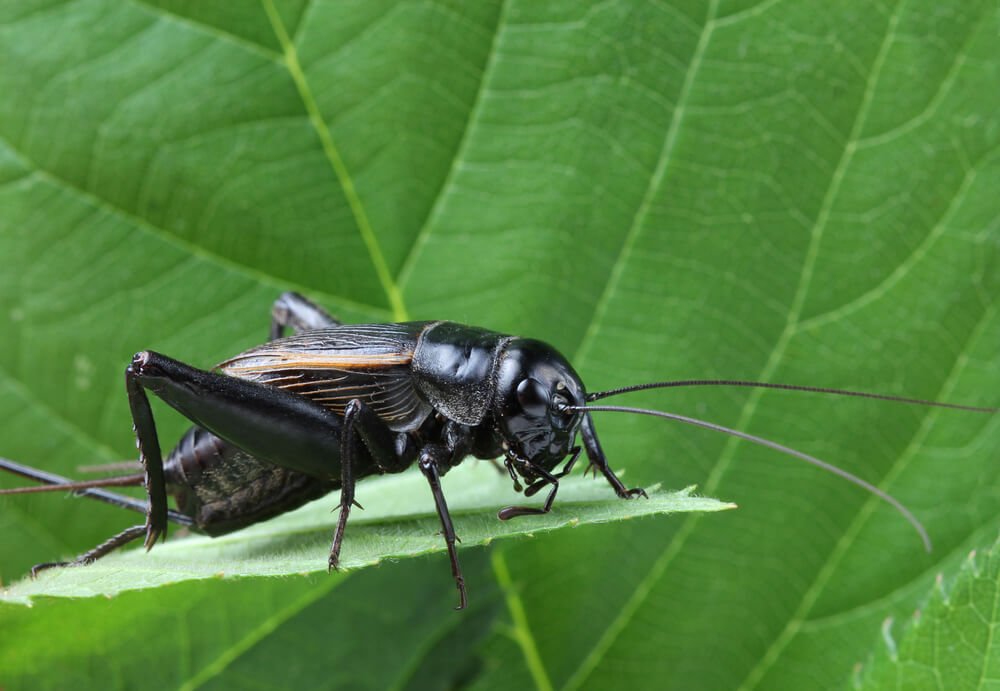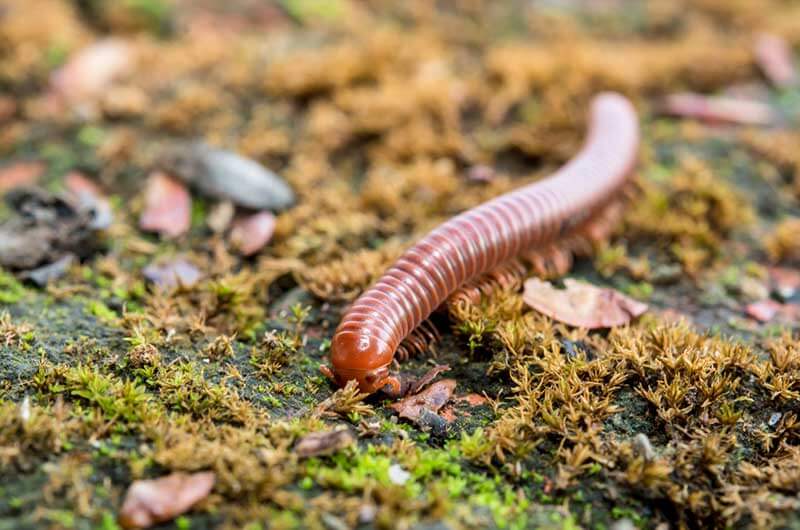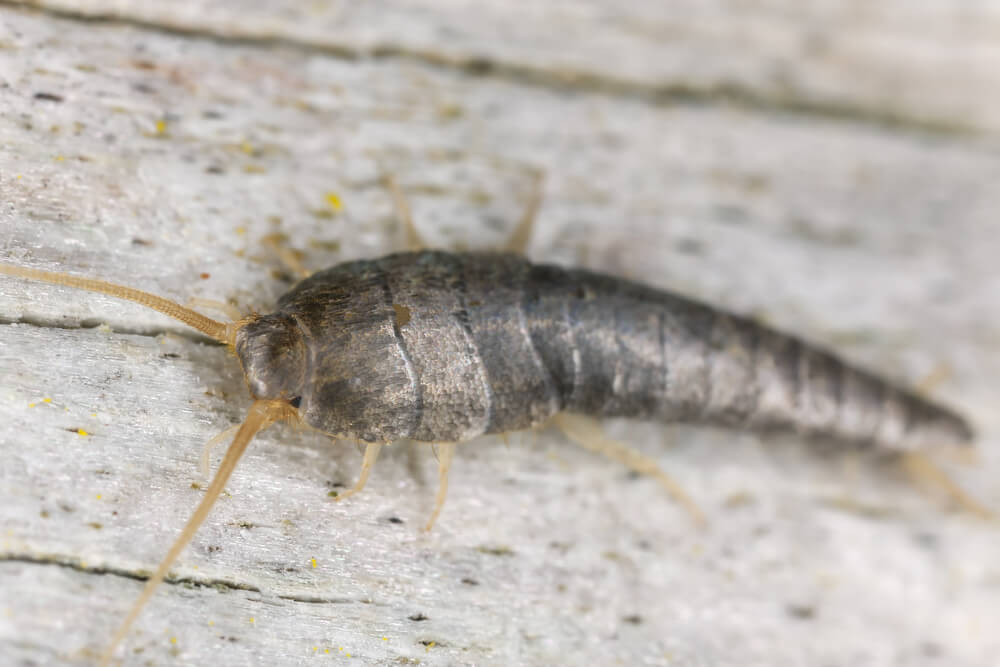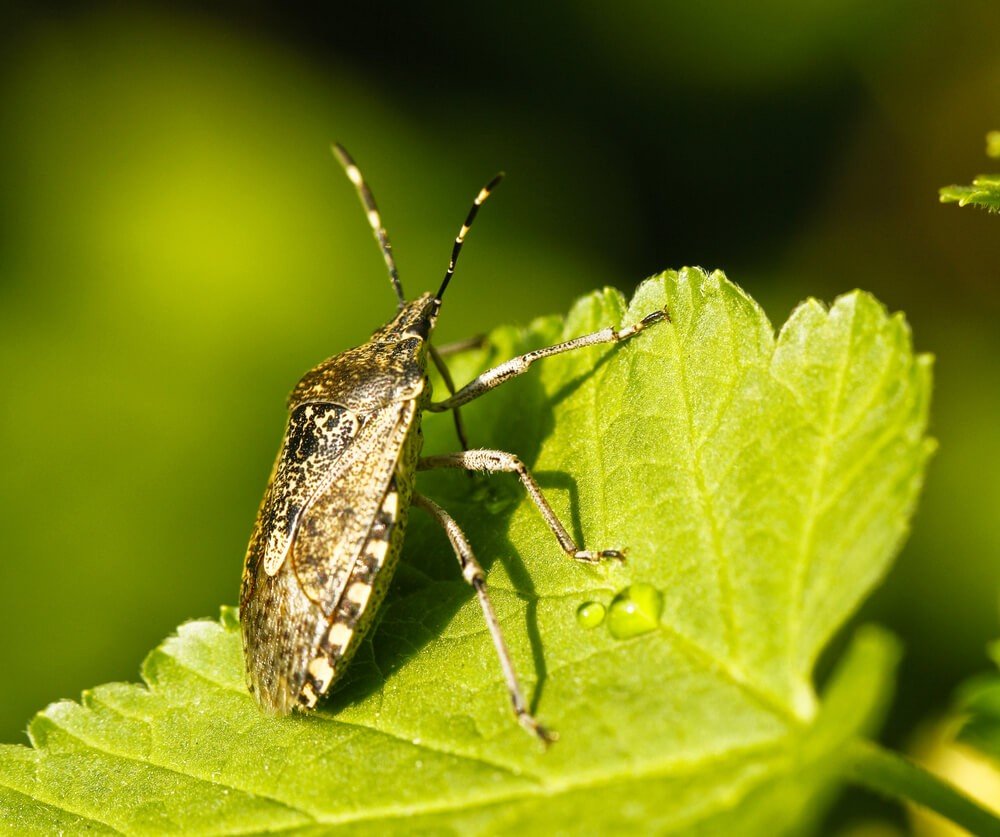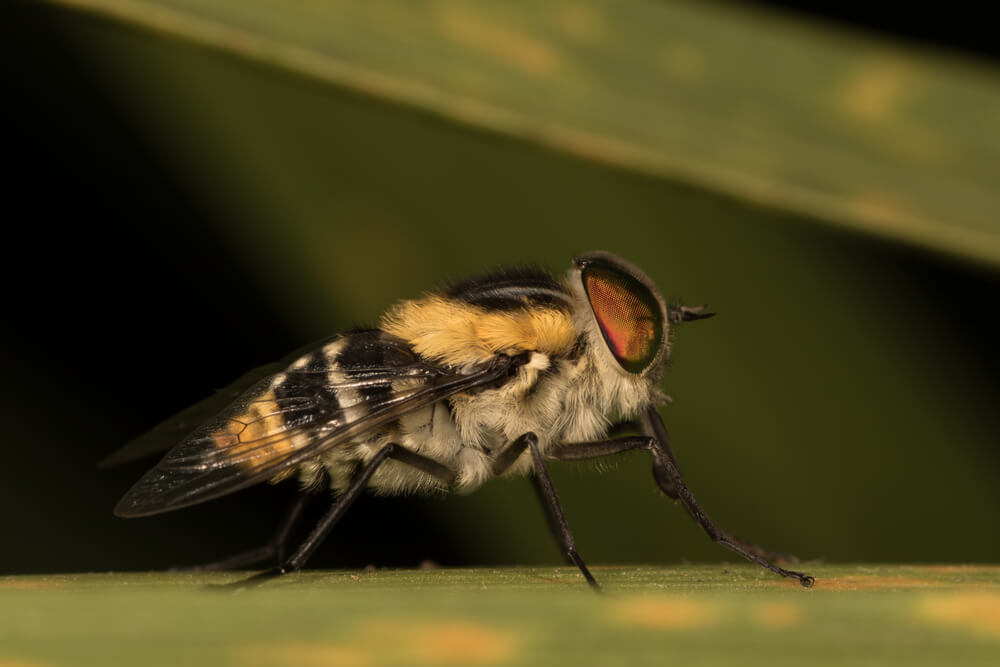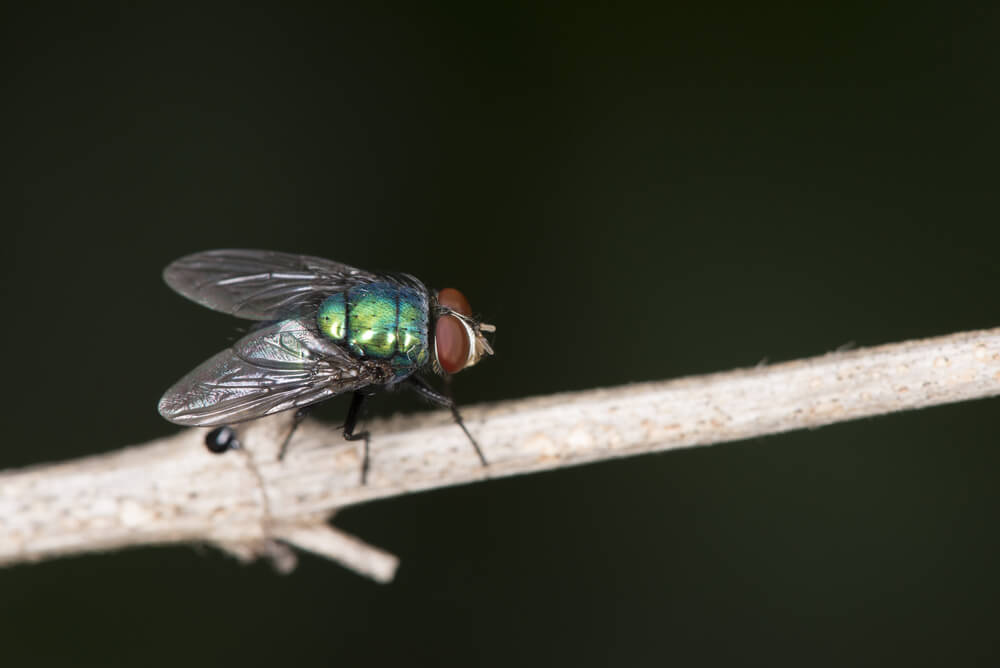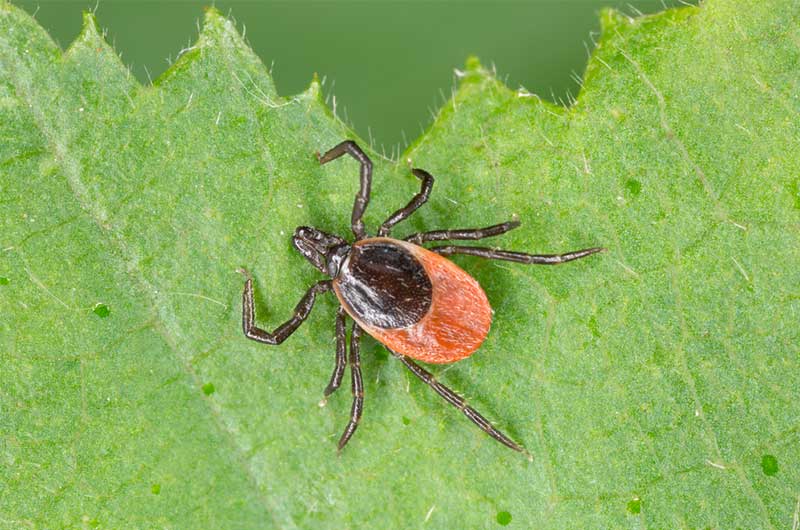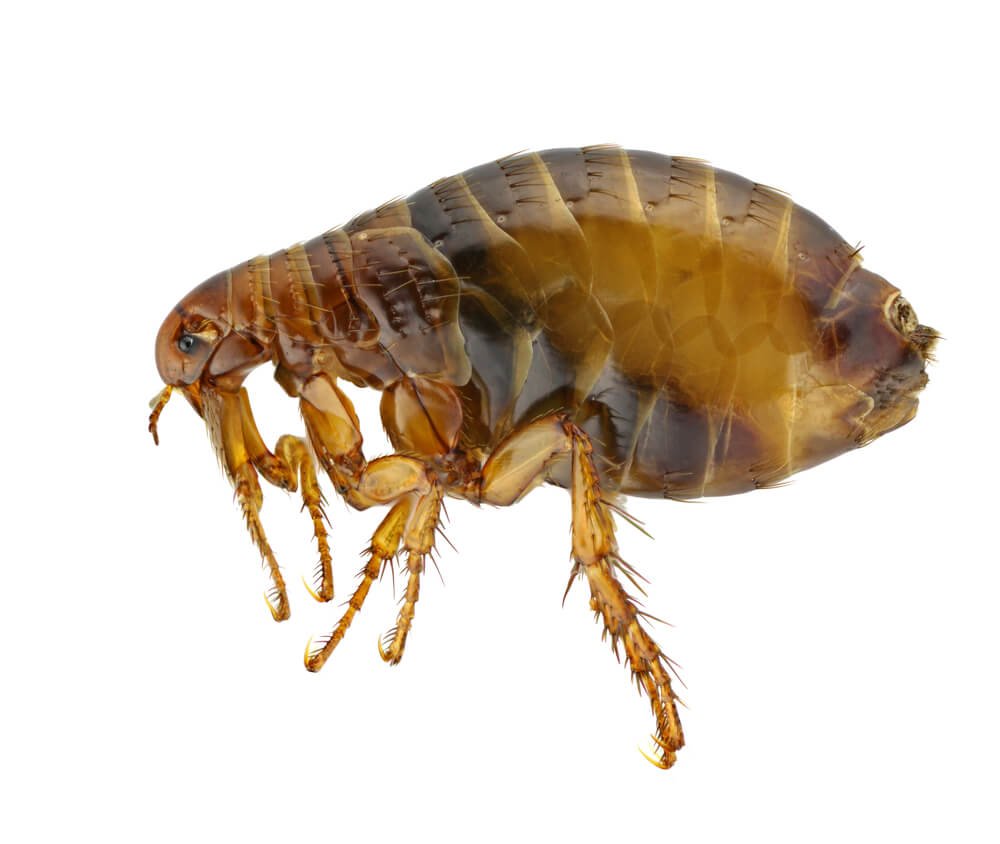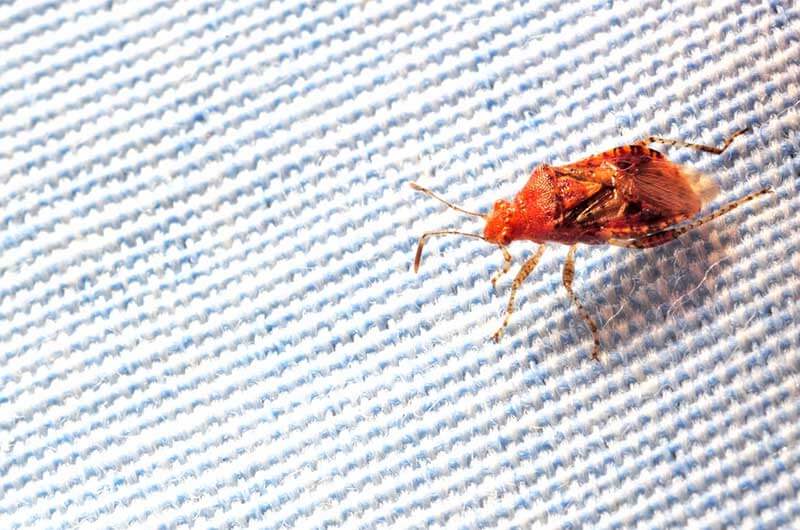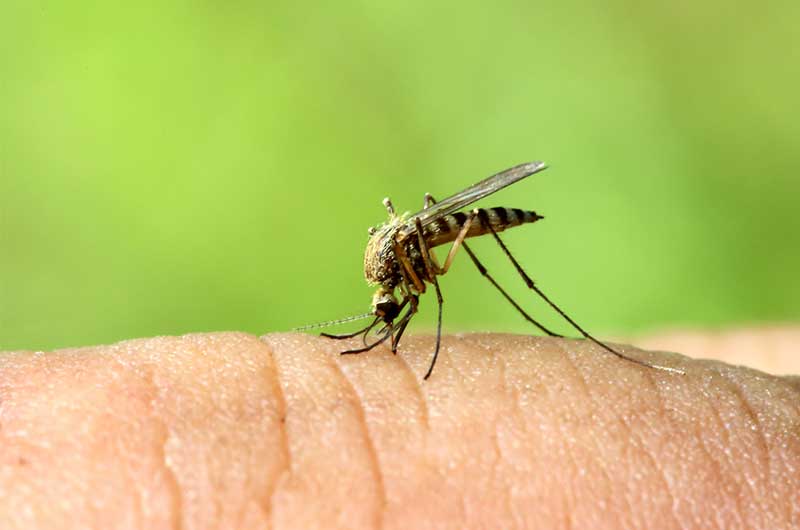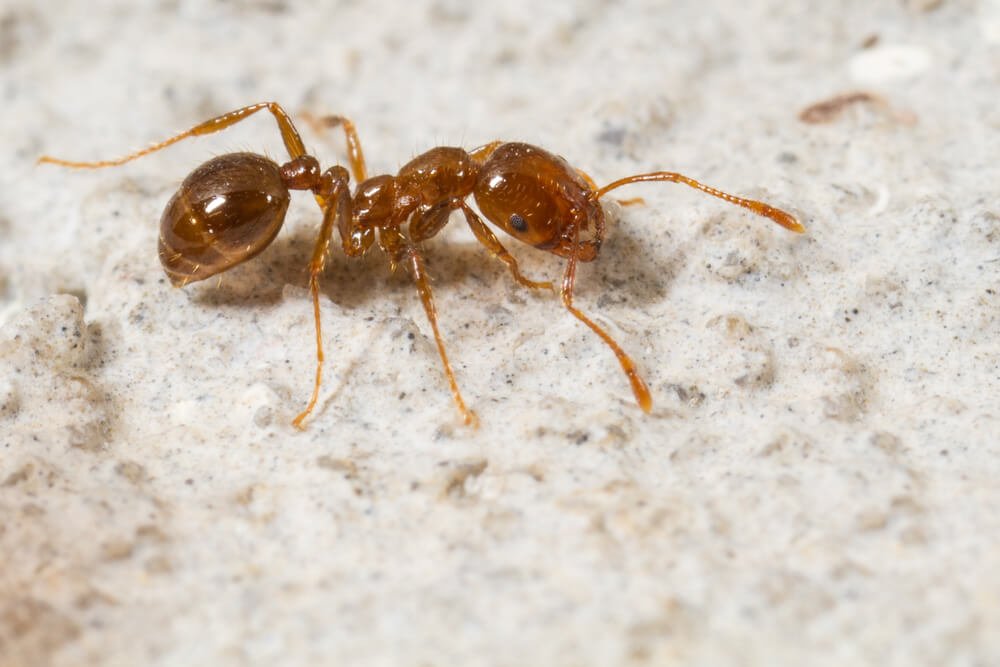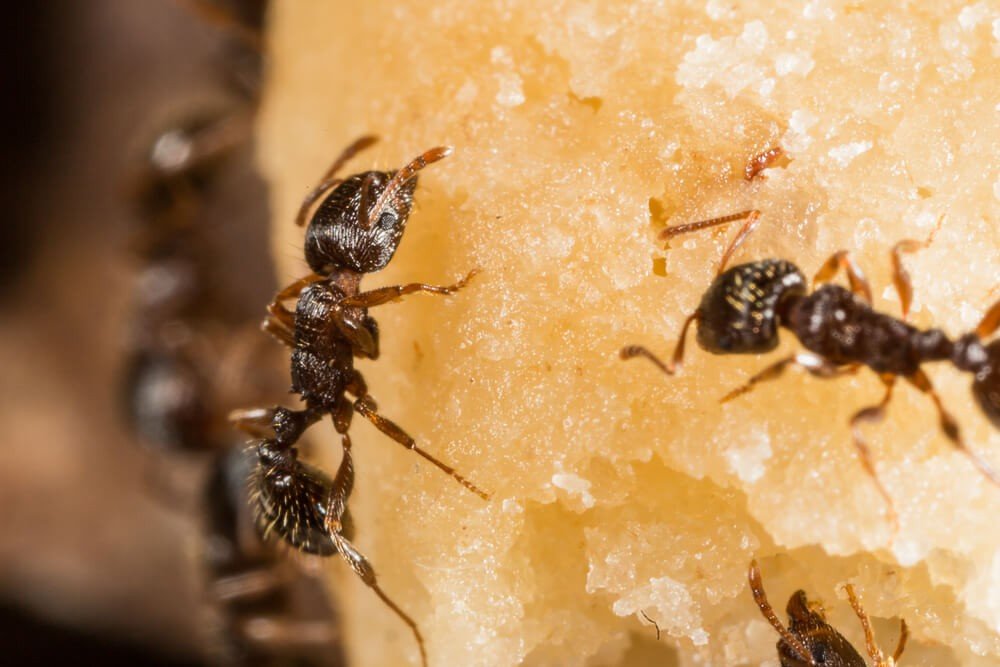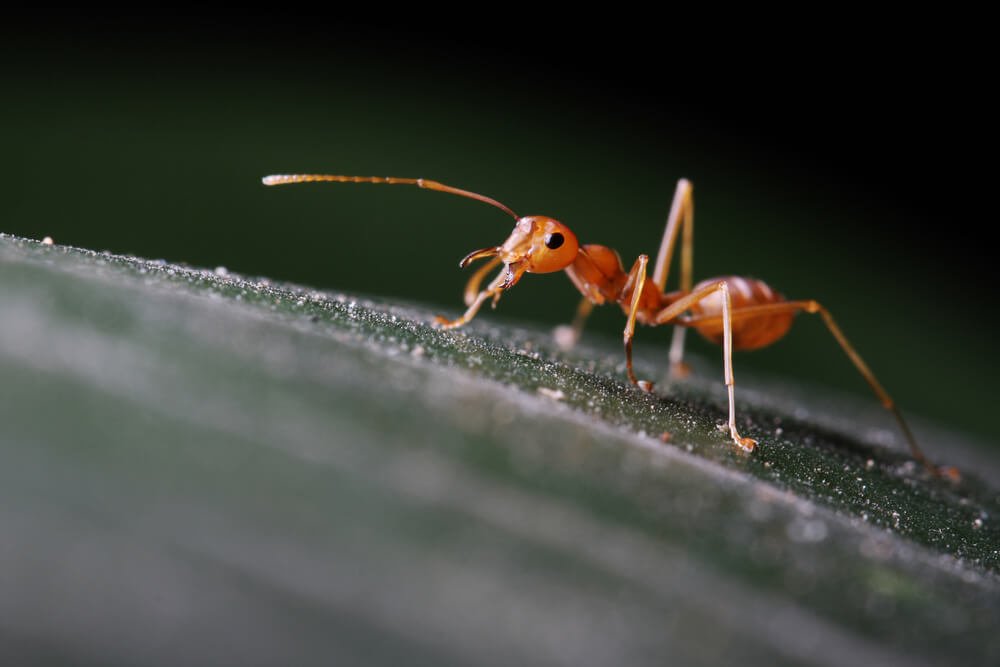A History of Pest Management: The Ancient Sumerians to the Victorian Era (~2500 BC to1901)
 A dull brown ox paws idly at the ground. Its wisp of a tail swings loose, causing a slight movement of the heavy air that sinks back towards the banks of the Euphrates river. Small boats drift languidly across the watery divide – they are stark contrasts to the bustling humans that fill their wood-hewn interiors. Baked mud brick houses crowd around packed dirt roads. These road – more like improvised footpaths, really – lose their forms quickly in irrigated fields that ring the settlement. In ancient Mesopotamia scenes like these played across the landscape everyday. The Sumerian civilization was busy creating new ways to live throughout several millennium, busy inscribing symbolic language onto clay tablets, producing architectural wonders like the arch, and improving several agricultural practices.
A dull brown ox paws idly at the ground. Its wisp of a tail swings loose, causing a slight movement of the heavy air that sinks back towards the banks of the Euphrates river. Small boats drift languidly across the watery divide – they are stark contrasts to the bustling humans that fill their wood-hewn interiors. Baked mud brick houses crowd around packed dirt roads. These road – more like improvised footpaths, really – lose their forms quickly in irrigated fields that ring the settlement. In ancient Mesopotamia scenes like these played across the landscape everyday. The Sumerian civilization was busy creating new ways to live throughout several millennium, busy inscribing symbolic language onto clay tablets, producing architectural wonders like the arch, and improving several agricultural practices.
The early Sumerians laid the groundwork for a largely agrarian society, complete with domesticated livestock, the rotation of crops, and individuals who specialized in field labor. The Sumerians were also the first civilization to have a recorded instance of pest management (Stent, 2006). They introduced the use of sulfur to control insects around 2500 BC. The Chinese were the next civilization of note to contribute to the development of pest management. They continued and refined the work of the Sumerians by using chemical elements to control pests. They also introduced a new practice, biological pest control: “Predatory ants… were used in China as early as 1200 B.C. to protect citrus groves from caterpillars and wood boring beetles. Ropes or bamboo sticks tied between adjacent branches helped the ants move easily from place to place” (Meyer, 2003). History’s next mention of pest control comes from an unlikely source, Homer. This revered ancient Greek poet mentions the use of wood ash as preventative treatment around 750 B.C. The ash was spread across the surface of the land to curtail insect activity (Stent, 2006).
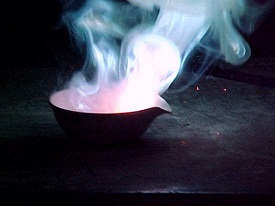 In looking at the civilizations prominent in the development of pest control, one can surmise that pest control quite obviously correlated with agricultural improvement, and that societies with advanced writing systems were more capable of proliferating insect management discoveries. Looking forward in history, with these two correlations in mind, one can therefore not be surprised that during the middle ages (the dark ages) pest control practices suffered. While written languages were still alive in Europe, being able to read them or write them were practices of the ruling class. With this dearth of education, the sensibilities of the general public turned towards divine or demonic explanations for the mundane.
In looking at the civilizations prominent in the development of pest control, one can surmise that pest control quite obviously correlated with agricultural improvement, and that societies with advanced writing systems were more capable of proliferating insect management discoveries. Looking forward in history, with these two correlations in mind, one can therefore not be surprised that during the middle ages (the dark ages) pest control practices suffered. While written languages were still alive in Europe, being able to read them or write them were practices of the ruling class. With this dearth of education, the sensibilities of the general public turned towards divine or demonic explanations for the mundane.
There was very little progress in pest control during the dark ages. Ignorance and superstition abounded. For what it was worth, St. Bernhard excommunicated the flies of his parish in 1121. In a book entitled ‘ Natural History,’ Ferrante Imperato (1599) gave a prescription for eliminating flies from a dwelling: “… draw the image of a fly… on a copper plate during the second half of the constellation of Pisces… then bury it in the center of your house (during) the first half of the constellation of Taurus” (Meyer, 2003).
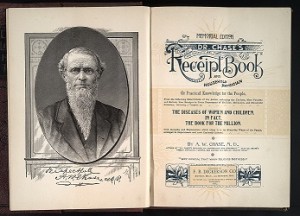 After the muddling around of the middle ages came to an end, the Renaissance began in earnest. This movement that emphasized the importance of scientific and intellectual thought continued with the Scientific Revolution up into the eighteenth century. With it came intricate ideas of diplomacy, and an appreciation for the Renaissance man, or an individual who is well-versed in several academic and artistic arenas. As scholars were branching out, stretching their learning across many fields, the methods of pest control that were utilized were becoming more diverse. For example, scientists began to breed plants selectively for resistance to certain kinds of insects. In the 1870s, the entomologist, C.V. Riley used breeding for resistance to combat, “a French outbreak of phylloxera (an aphid-like pest of grapes) with resistant
After the muddling around of the middle ages came to an end, the Renaissance began in earnest. This movement that emphasized the importance of scientific and intellectual thought continued with the Scientific Revolution up into the eighteenth century. With it came intricate ideas of diplomacy, and an appreciation for the Renaissance man, or an individual who is well-versed in several academic and artistic arenas. As scholars were branching out, stretching their learning across many fields, the methods of pest control that were utilized were becoming more diverse. For example, scientists began to breed plants selectively for resistance to certain kinds of insects. In the 1870s, the entomologist, C.V. Riley used breeding for resistance to combat, “a French outbreak of phylloxera (an aphid-like pest of grapes) with resistant 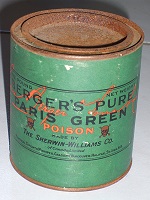 North American rootstocks” (Meyer, 2003). Pest control within the home itself also flourished in the 1800s. Individuals who ran homes could obtain a book like, “Dr. Chase’s Receipt Book and Household Physician,” which contained “recipes” for pest eradicating procedures and concoctions (“Pest control by,”). There is a continued use of the ancient sulfur-burning method, as well as, the introduction of mercury, lead and arsenic compounds. These poisonous elements were mixed, often times together, and used on bed frames, baseboards, and anywhere else a pest might become a nuisance.
North American rootstocks” (Meyer, 2003). Pest control within the home itself also flourished in the 1800s. Individuals who ran homes could obtain a book like, “Dr. Chase’s Receipt Book and Household Physician,” which contained “recipes” for pest eradicating procedures and concoctions (“Pest control by,”). There is a continued use of the ancient sulfur-burning method, as well as, the introduction of mercury, lead and arsenic compounds. These poisonous elements were mixed, often times together, and used on bed frames, baseboards, and anywhere else a pest might become a nuisance.
As the 1800s came to an end, the fad of using strong chemicals as the main means of pest control was still going strong. It was during this time period that the insecticide Paris Green was used to eliminate rats from Parisian sewers, and succeeded in turning the water a particular shade of green. Pest control had spread far from the muddy banks of the blue Euphrates river, but it still had a long way to go.
References:
Meyer, J. (2003, November 04). Pest control tactics. Retrieved from http://www.cals.ncsu.edu/course/ent425/text19/tactics1.html
Pest control by the victorian housewife. (n.d.). Retrieved from http://bugs.osu.edu/bugdoc/Shetlar/PCDevices/Victhousewife.htm
Stent, V. (2006, January 24). The history of pest control. Retrieved from http://ezinearticles.com/?The- History-of-Pest-Control&id=133689






